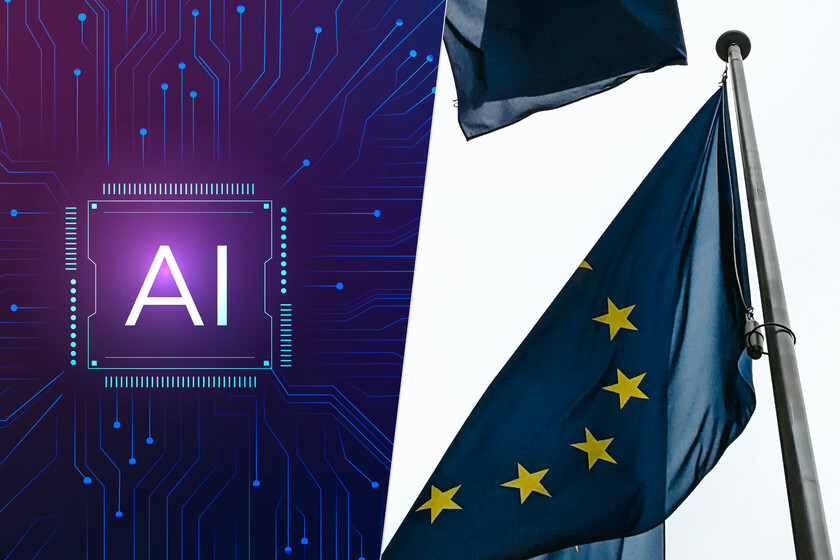In the current digital business ecosystem, the security of a corporate website goes far beyond data protection or attack prevention. It has become a strategic component That directly impacts the image of the company, its credibility and, therefore, in its ability to attract and retain customers. The website is no longer just a communication channel; It is the main digital showcase of organizations, where users form their first impression in seconds and constitutes an important route of communication through agents, forms and other elements.
The rise of concern for web security is not accidental. According to recent data from Mordor Intelligence, the information security consulting market is expected reach 26.72 billion dollars in 2024with a projected growth at an annual compound rate of 10.56% until reaching 44.14 billion dollars in 2029. These figures reflect the growing business awareness about the importance of properly protecting their digital assets. And the web pages as we have pointed out are a first -order asset.
In Spain, the panorama is no different. The cybersecurity sector experienced a 30% growth compared to 2020, moving 1,950 million euros in 2022, which meant an increase of 14.7% compared to the previous year. This remarkable increase is mainly driven by the progress of digital transformation processes both in companies and public administration, together with the significant increase in the frequency and impact of computer attacks.
The corporate image includes all aspects of a companyfrom his logo to the way he communicates with his clients. In the current digital age, the online presence has become an essential component of this image. A safe, functional and well -designed web page transmits professionalism and trust, while one with vulnerabilities can severely damage business reputation.
Infrastructure as a basis for web security
The safety of a web page begins from its foundations: the hosting infrastructure. Having a web accommodation provider that prioritizes security is essential for any company that values its digital presence. In this context, services such as those offered by Raiola Networks stand out for providing stable, fast and technical support specialized in Spanish, key elements to maintain the safety and availability of a business website. Your focus on specific security and experience on platforms such as WordPress is particularly valuable for companies that seek a protected and optimized digital showcase.
An inadequate web server configuration can leave doors open to attackers. It is essential to periodically review the configuration, disable unnecessary services and correctly manage files of files and directories. The constant update of operating systems and web servers also plays a fundamental role in risk mitigation. Another of the web vulnerability factors are certificates. SSL certificates not only affect SEO positioning, but are fundamental to protect the information between the user and the website. Google considers HTTPS without sure siteswhich can affect both user confidence and search engines.
CMS and plugins
Another point is to keep the content manager (CMS) updated since it is crucial to eliminate or reduce possible vulnerabilities of the system. External plugins, although useful, can become a source of dangers if they are not kept updated or solutions from unreliable sources are used. Not only to avoid the fall of the web but so that there is no data escape, which would have consequences beyond those already serious corporate image damage.
Digital showcase protection requires an integral approach that covers different areas:
- 360º Evaluation and Diagnosis. The first step to improve web security is to make an exhaustive audit that provides a complete photograph of the current scenario. Specialized consultants recommend in -depth analysis that cover IT infrastructure to content management practices.
- Implementation of perimeter security solutions. UTM Safety Tools (Unified Threat Management) allow the head of the network with antivirus and anti-malware, providing a first line of defense against external threats. These types of solutions are especially relevant to companies that handle sensitive data or perform online transactions.
- Training and awareness of the personnel. Web security is not just a technical issue; The human factor plays a crucial role. The staff must be trained to identify possible threats as attempts at Phishing or Social Engineering, and know the best practices in password and accesses management.
- Periodic backups. It is essential to verify that periodic backups are made and that are stored in external storage equipment. This simple practice can make the difference between a momentary service interruption and the catastrophic loss of data and critical information for the business.
Regulatory compliance: a fundamental factor
Beyond technical protection, companies They must ensure compliance with security and privacy regulations as the GDPR/LOPDGDD. The correct cookies management, the implementation of clear privacy policies and the adequate protection of personal data not only avoid sanctions, but also reinforce users’ confidence. Companies that have specialized data protection delegate (DPO) are better positioned to guarantee regulatory compliance and properly manage all activities related to data protection in the organization.
Web security has ceased to be an operational expense to become a strategic investment with direct impact on brand perception and customer confidence. In an environment where cyber attacks are increasingly sophisticated and frequent, having a solid web security strategy is not optional, but imperative. The sustained growth of the cybersecurity market, with variations greater than the two digits planned for the 2023-2024 biennium, reflects this reality: companies are increasingly aware that protecting their digital showcase is to protect their image, their reputation and, ultimately, their business.
Web security is no longer only the responsibility of the IT department, but a transverse element that affects all areas of the company and must be part of the corporate strategy at the highest level. Organizations that understand this will be better prepared to face the challenges of the current and future digital environment.









